
Ophthalmology
Latest News
Latest Videos

CME Content
More News

A large real-world analysis assessed age-related changes in commonly used visual field reliability indices and the potential mechanisms behind the trends.
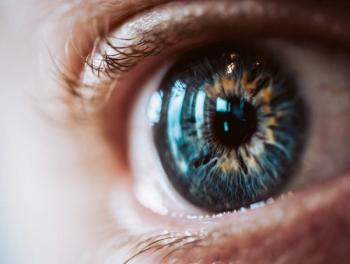
One-year outcomes varied among patients with differing neovascular glaucoma etiologies, but many achieved meaningful vision after surgical treatment that included glaucoma drainage devices.

Results of a cross-sectional study highlight features linked with high myopia in Dutch individuals.
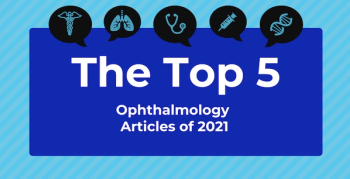
The top 5 most-read ophthalmology articles of 2021 on AJMC.com evaluated the effectiveness of novel therapies in several ophthalmic diseases, racial/ethnic disparities in clinical trial participation, and the impact of the COVID-19 pandemic on childhood nearsightedness.

In India, incidence of the deadly fungal infection grew throughout 2021, while supply chain shortages inhibited optimal treatment for each patient.

Results of a retrospective cohort study show youth with type 2 diabetes were almost twice as likely to develop retinopathy compared with those with type 1 diabetes.

Victoria Ly, MD, MPH, outlines one method of tackling vision screening follow-up rate disparities among children in Arkansas.
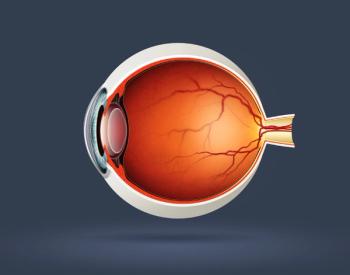
Using data from the FDA Adverse Event Reporting System, researchers investigated the prevalence of pentosan polysulfate sodium–associated retinal disorders.

Judith Lavrich, MD, and Jordan Hamburger discuss what additional studies need to be carried out in order to better understand the effects of virtual learning on children's long-term eye health.
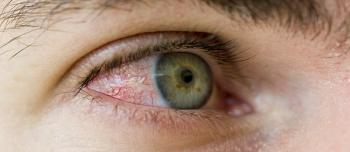
Study results indicated that measures taken to stem the spread of COVID-19 may have also reduced rates of conjunctivitis, or pink eye.
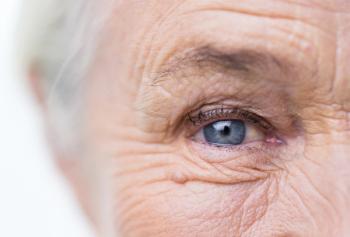
Pain and fear/anxiety were the most common barriers to anti–vascular endothelial growth factor (VEGF) therapy for neovascular age-related macular degeneration and diabetic macular edema. Another study found that those conditions had a significant impact on patients’ quality of life and Medicare costs.

A new study provides genetic evidence that increased alcohol intake may be a causal risk factor for geographic atrophy, a type of advanced age-related macular degeneration (AMD), but doctors caution it may be too soon to advise patients about the risk.

Surgical decisions with children who have ophthalmic conditions need buy in from parents, but also the children as they get older, said William Katowitz, MD, attending surgeon in the Division of Ophthalmology at Children's Hospital of Philadelphia.
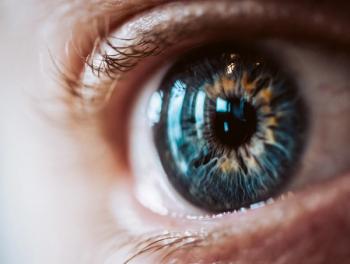
Uveitic macular edema is common in patients with noninfectious uveitis, and its significant burden on patients and payers warrants more specific treatment guidelines to minimize quality-of-life and economic effects.

The increase in childhood myopia during the COVID-19 pandemic represents a potential public health crisis, said authors of a study.

A recent study found that hypertensive events and anesthesia use may be reduced when patients listen to music before cataract surgery.

Rajesh Rajpal, MD, chief medical officer, global head of clinical medical affairs, Johnson & Johnson Vision, speaks on the timeline of recovery for patients with cataract undergoing corrective surgery.
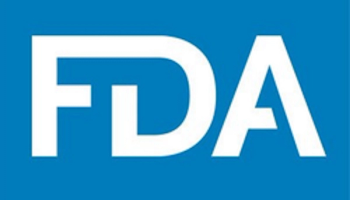
The first-of-its-kind port delivery system with ranibizumab serves as the first wet age-related macular degeneration (AMD) treatment in 15 years to provide an alternative to frequent eye injections.

Approximately half of patients with proliferative diabetic retinopathy exhibited long lapses in care when prescribed ranibizumab across a 5-year follow-up.

Highlighting the latest ophthalmology-related news reported across MJH Life Sciences™.
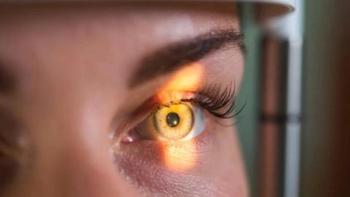
Highlighting the latest ophthalmology-related news reported across MJH Life Sciences™.

An evaluation of price transparency tools for ophthalmologic procedures found significant usability, availability, and variability issues, which may disproportionately impact vulnerable populations.
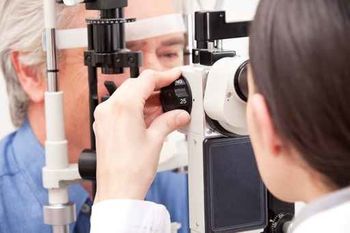
Highlighting the latest ophthalmology-related news reported across MJH Life Sciences™.

Male patients with young-onset type 2 diabetes were found to be at 72% greater risk of retinopathy compared with those who received a diagnosis at 50 years or older.
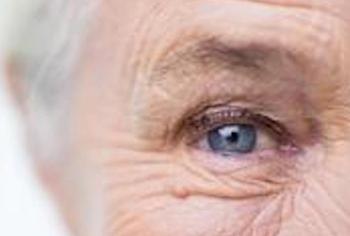
Ophthalmology Overview: Virtual Training for Diabetic Retinopathy, Impact of Blurry Vision, and More
Highlighting the latest ophthalmology-related news reported across MJH Life Sciences™.




















































